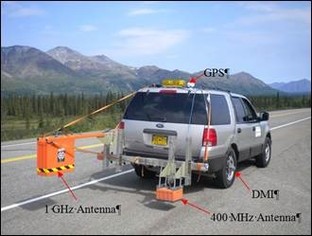
According to Dr. Dawson, this infrared technology is a great way to obtain detailed information on bridge deck conditions that cannot be observed through traditional methods. The technologies rely on differences in the heating rates and density of damaged versus intact concrete structures to identify and quantify potentially damaged areas. The use of infrared thermography and ground penetrating radar on bridge decks is relatively fast and can be performed without having to close lanes to traffic along the bridge.
The Michigan Department of Transportation (MDOT) has performed similar inspections on bridges in the Metro and Southwest Regions over the past few years. Infrasense, a Massachusetts based firm, and NTH have performed such inspections on more than 60 bridges along I-75, I-94, I-69, US-131, and other major roadways. The results have supported the selection of cost-effective rehabilitation and maintenance solutions to enhance the longevity of the bridge decks.

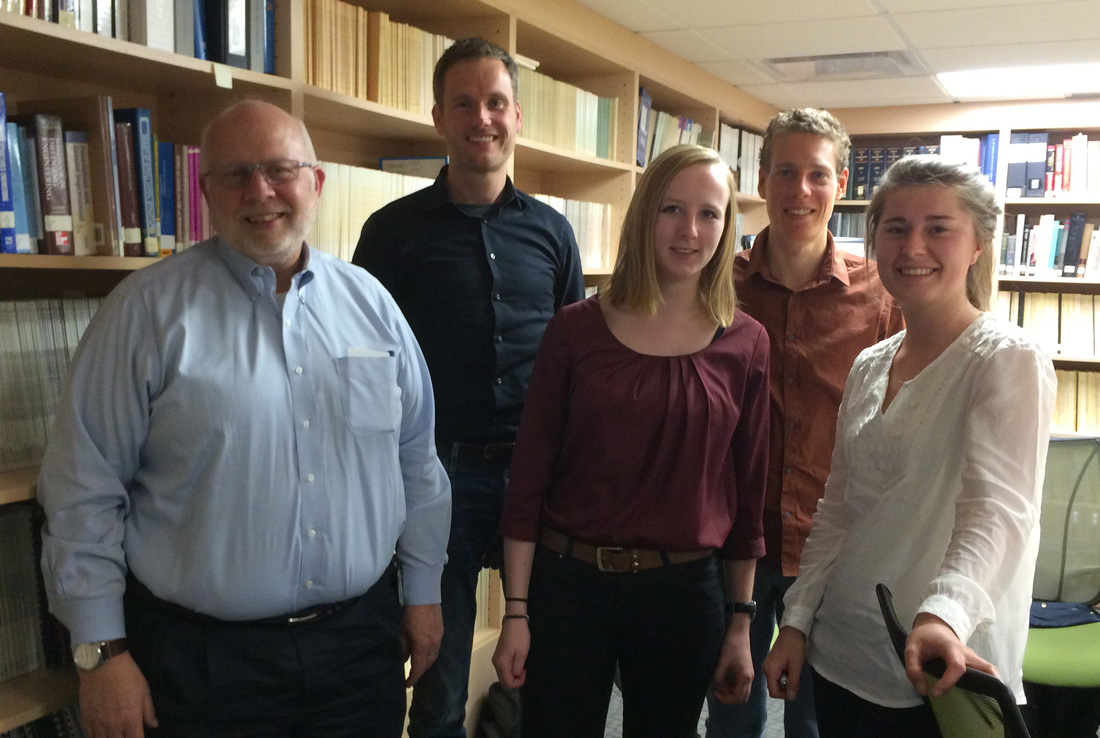
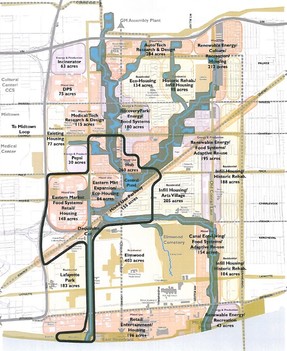
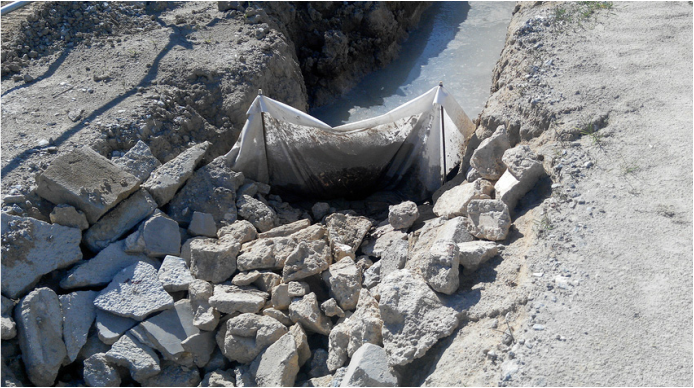
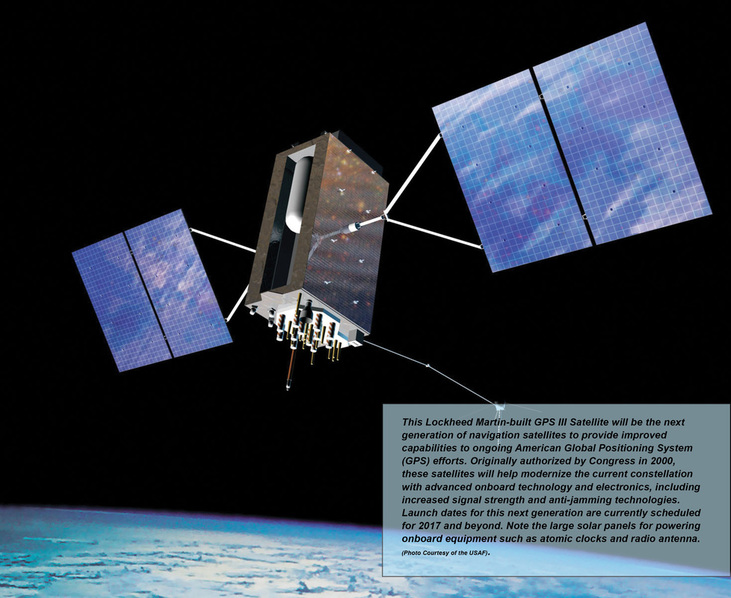

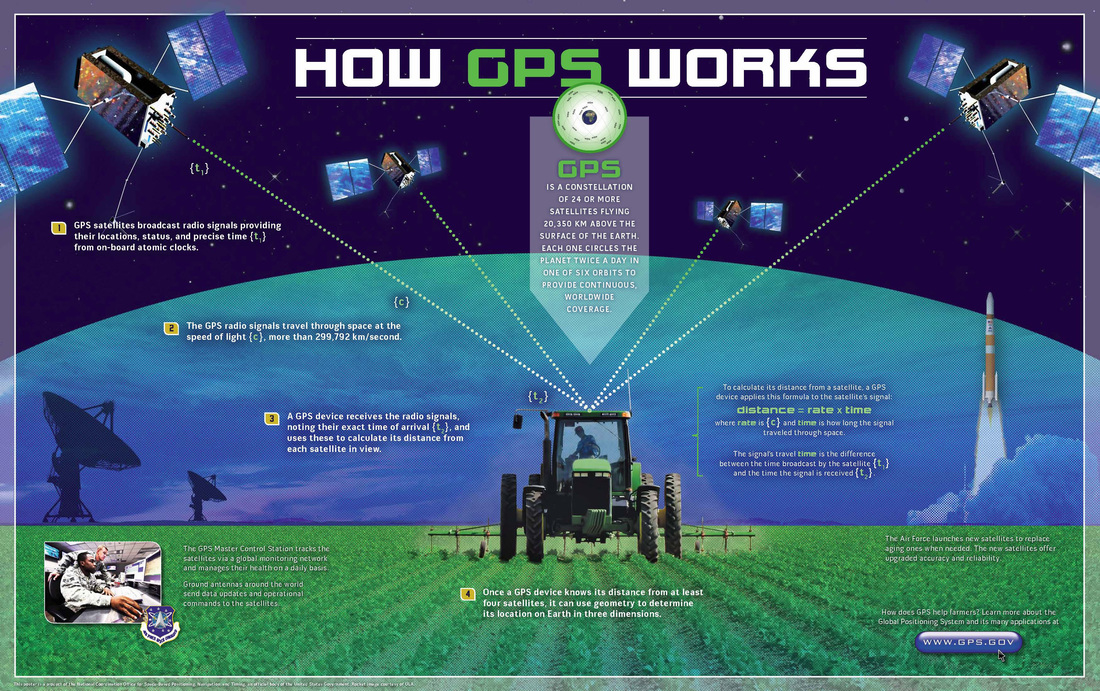
 RSS Feed
RSS Feed